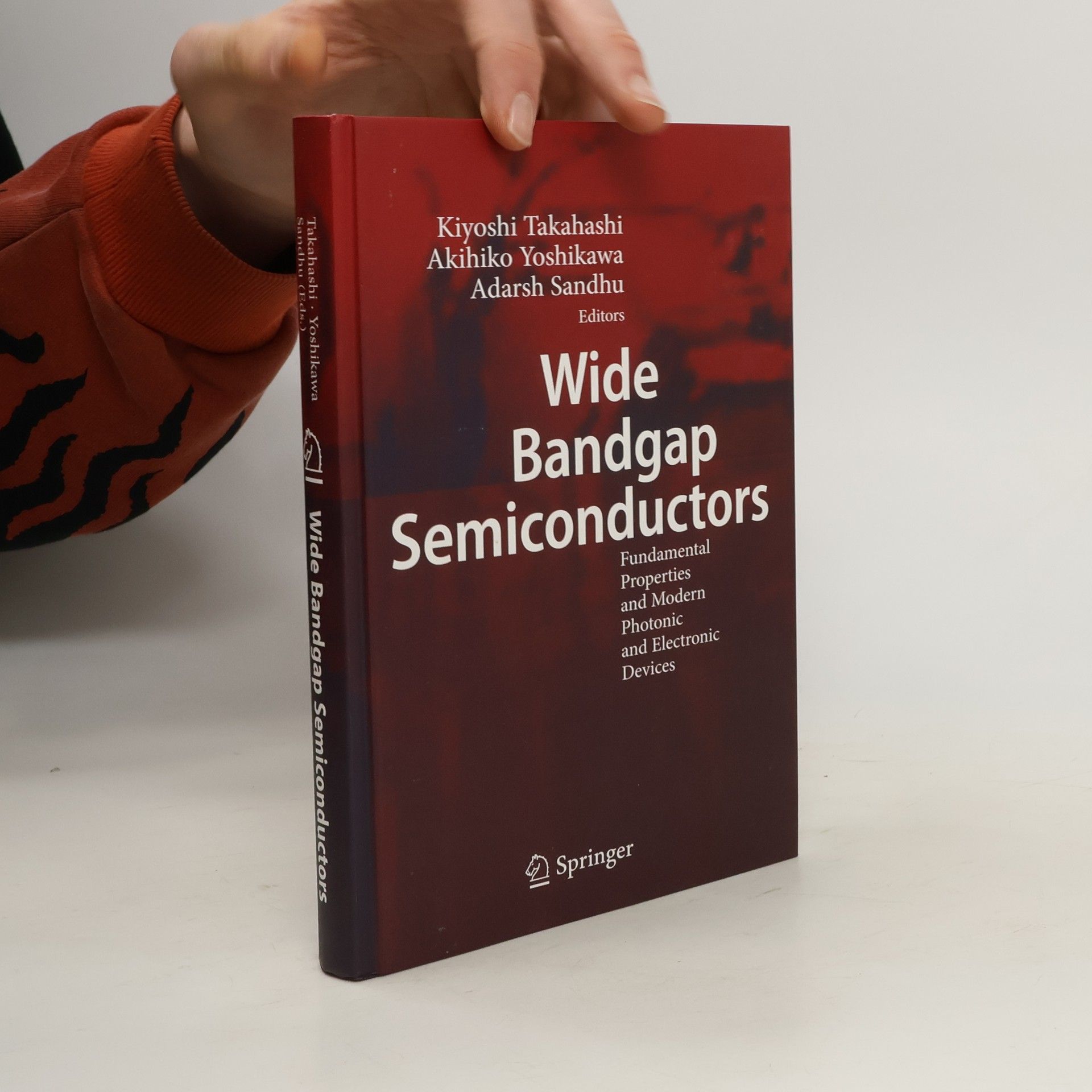Více o knize
The p–n junction was invented in the ? rst half of the twentieth century and the latter half saw the birth of light emitting diodes: red and yellow/green in the 1960s and yellow in the 1970s. However, theoretical predictions of the improbabilityofsynthesizingp-typewidebandgapsemiconductorscastalong shadow over hopes for devices emitting in the elusive blue part of the elect- magnetic spectrum, which would complete, with red and green, the quest for the primary colors making up white light. At a time when many researchers abandoned their e? orts on nitrides, Professor Isamu Akasaki of Nagoya U- versity at this time remained committed to his belief that “synthesis of high quality GaN crystals would eventually enable p-type doping” and in 1989 he succeeded in fabricating the world’s ? rst GaN p–n junction light emitting diode. Professor Isamu Akasaki kindly accepted our invitation to contribute to this book and describes his journey ‘from the nitride wilderness’ to the ? rst experimental results of blue emission from GaN p–n junctions: Japan’s major contribution to the development of wide bandgap semiconductor devices. The discovery of blue emission from GaN p–n junctions in 1989 was the major technological turning point during the development of wide bandgap emission devices with wide reaching scienti? c, industrial and social impli- tions.
Nákup knihy
Wide bandgap semiconductors, Kiyoshi Takahashi
- Jazyk
- Rok vydání
- 2007
- product-detail.submit-box.info.binding
- (pevná)
Doručení
Platební metody
Nikdo zatím neohodnotil.
